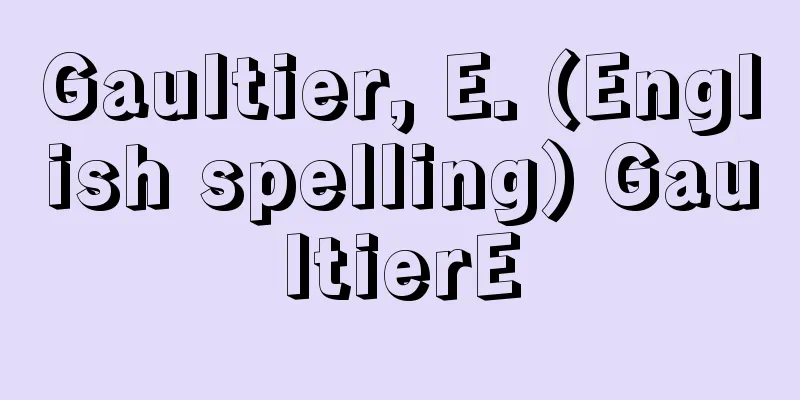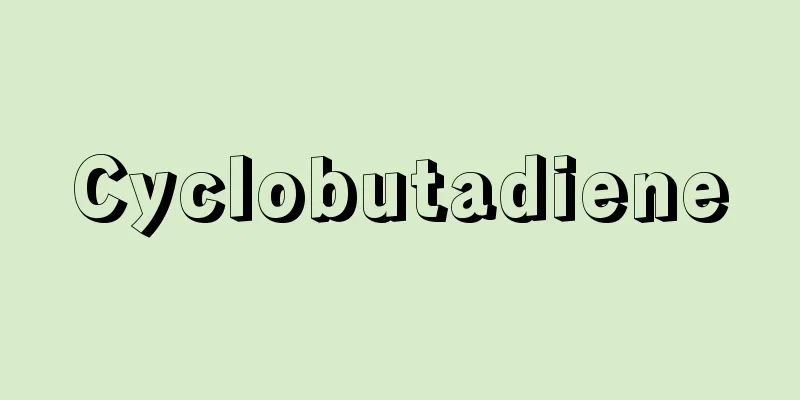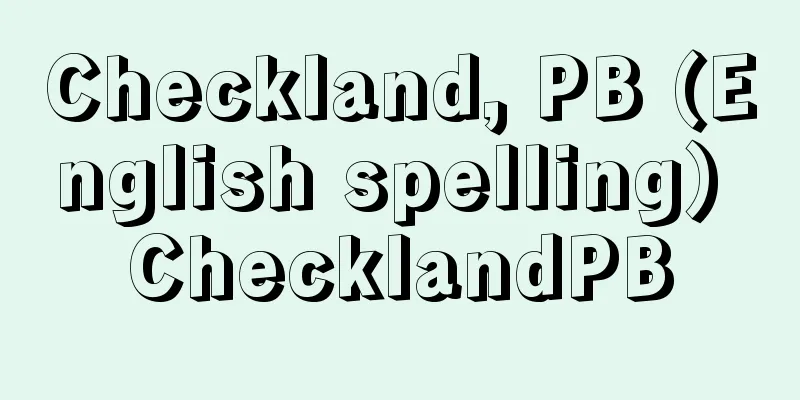European Free Trade Association
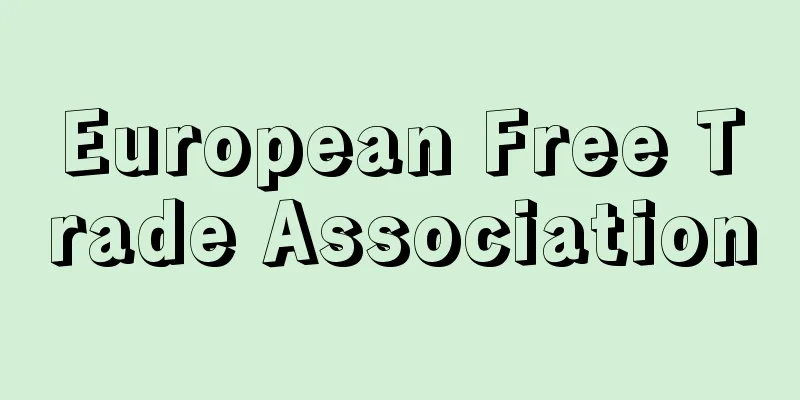
|
EFTA is a European regional economic integration organization. In response to the European Economic Community (EEC) established in 1958, a treaty for the formation of a free trade area was signed in Stockholm, Sweden on January 4, 1960 under the initiative of the United Kingdom by seven countries: Sweden, Norway, Denmark, Austria, Switzerland, and Portugal. It came into effect on May 3 of the same year. Finland joined in 1961 (as an associate member, and became a full member in 1986), Iceland in 1970, and Liechtenstein in 1991. However, the United Kingdom and Denmark withdrew in 1973 and Portugal in 1986 to join the European Community (EC), and Sweden, Finland, and Austria withdrew in 1995 to join the European Union (Norway signed the EC Accession Treaty in 1972, but it was rejected in a referendum). Since then, EFTA consists of four countries: Norway, Switzerland, Iceland, and Liechtenstein. Its headquarters is in Geneva, Switzerland. EFTA was formed in 1958 after the EEC was formed after the idea of establishing a large free trade area that would unite all of Europe was scrapped. In response, the UK sought to maintain its ties with the Commonwealth countries and secure economic and political leadership in Europe, and was formed by adding Scandinavian countries and Switzerland, which had been hesitant to join the EEC, which ultimately aimed for political integration, mainly for political reasons. EFTA is the same as the EEC in that it abolishes tariffs within the region, but unlike the EEC, it does not set common tariffs for products outside the region. The initial schedule was to abolish tariffs and quantitative restrictions on industrial products within the region by January 1, 1970, but in reality the abolition was completed by the end of 1966, three years earlier than planned, and the free trade area was completed. However, on January 1, 1973, the UK and Denmark withdrew from EFTA in order to join the EC, which was established in 1967 with the EEC at its core and was developing rapidly. Prior to this, the seven remaining EFTA countries negotiated an Association Agreement with the EC individually, and signed the European Free Trade Area Agreement on July 22, 1972 in Brussels, Belgium. The contents of the agreement differed from country to country, but the gist of it was to gradually reduce tariffs on industrial products, with the exception of a few items, and ultimately to abolish tariffs. As a result, a large free trade area consisting of 16 countries, including the seven EFTA countries and the nine EC countries, was formed on July 1, 1977. In 1984, both EFTA and the EC recognized the need to establish the European Economic Area (EEA), and in line with the progress of the EC's internal market integration in 1992, they set the target of inaugurating it in 1993, and formally signed the EEA Agreement in May 1992. However, Switzerland rejected the EEA Agreement in a national referendum, and the EEA was ultimately launched in January 1994 without Switzerland. The EEA Agreement aims to expand the free movement of goods, labor, and capital among member states, and also stipulates cooperation in various fields, including the implementation of common EU policies in areas such as the environment, security, and social policy, as well as research and development, education, and tourism. [Hikari Aihara] "The Expansion and Deepening of the EC, by Ishiwata Toshiyasu, Saeki Tomiki, and Soga Hideo (1990, Kobundo Publishing)" ▽ "The EC Moving Towards Political Integration, edited by the Japan Association of International Relations (1990, Japan Association of International Relations)" ▽ "The Current State and Prospects of EC-EFTA Relations under the Construction of a New European Order, by Kokubo Yasuyuki (1993, Institute for World Peace Studies)" ▽ "Seminar: European Integration -- History, Current State, and Prospects, by Tanaka Tomoyoshi, Kono Masayuki, and Nagatomo Takaki (1994, Yuhikaku)" [Reference] | | |Source: Shogakukan Encyclopedia Nipponica About Encyclopedia Nipponica Information | Legend |
|
略称EFTA(エフタ)。ヨーロッパの地域的経済統合機構の一つ。1958年に発足したヨーロッパ経済共同体(EEC)に対抗して、1960年1月4日にイギリスの主導の下に、スウェーデン、ノルウェー、デンマーク、オーストリア、スイス、ポルトガルの7か国によって自由貿易地域結成のための条約がスウェーデンのストックホルムで調印され、同年5月3日に発効した。その後、61年にフィンランド(当初準加盟、86年に正式加盟)、70年にアイスランド、91年にリヒテンシュタインが加盟したが、1973年にイギリス、デンマーク、86年にポルトガルがヨーロッパ共同体(EC)加盟のため、95年にスウェーデン、フィンランド、オーストリアがヨーロッパ連合(EU)加盟のために脱退した(ノルウェーは1972年にEC加盟条約に調印をしたが、国民投票で否決された)。それ以降、EFTAはノルウェー、スイス、アイスランド、リヒテンシュタインの4か国で構成されている。本部はスイスのジュネーブ。 EFTAは、全ヨーロッパを結集する大自由貿易地域設立構想が破れて1958年EECが結成されたため、これに対抗して、イギリスが、独自の立場で、イギリス連邦諸国との関係を維持し、ヨーロッパにおける経済的・政治的リーダーシップを確保しようとし、最終的に政治統合を目ざすEECに対しておもに政治的理由から加盟をためらっていた北欧、スイスなどを加えて発足したものである。EFTAは、域内の関税を撤廃する点ではEECと同じであるが、域外に対しては、EECと異なり、共通関税を設定することはしない。当初のスケジュールでは、1970年1月1日までに域内工業製品の関税および数量制限を撤廃することになっていたが、実際には3年短縮して1966年末には撤廃を完了し、自由貿易地域を完成した。 ところが、1967年にEECを中心として発足し発展の著しいECに加盟するため、73年1月1日にイギリスとデンマークがEFTAを脱退した。それに先だって、EFTAに残留する7か国は、ECとの間で連合協定締結を個別に交渉、1972年7月22日にベルギーのブリュッセルでヨーロッパ自由貿易地域協定に調印した。協定内容は各国ごとに異なるが、その骨子は、一部の例外品目を除いて、工業製品について段階的に関税を引き下げ、最終的には関税の撤廃を目ざすというものであった。この結果77年7月1日、EFTA7か国、EC9か国を含めた16か国からなる一大自由貿易地域が形成された。84年にはEFTA、ECの両機構はヨーロッパ経済領域(EEA)を創設する必要性を認めていたが、92年のEC域内市場統合の進展にあわせる形で、93年発足を目標とし、1992年5月、EEA協定に正式に調印した。しかしスイスがEEA協定の批准を決める国民投票で否決したため、結局EEAは94年1月スイスを除いて発足した。EEA協定は、加盟国間の財、労働、資本の自由な移動の拡大を図るほか、環境、安全保障、社会政策などの面で、EUの域内共通政策の実施、研究開発、教育、観光などの諸分野での協力を規定している。 [相原 光] 『石渡利康・佐伯富樹・曽我英雄著『ECの拡大と深化』(1990・高文堂出版社)』▽『日本国際政治学会編『政治統合に向かうEC』(1990・日本国際政治学会)』▽『小久保康之著『新欧州秩序構築下におけるEC・EFTA関係の現状と展望』(1993・世界平和研究所)』▽『田中友義・河野誠之・長友貴樹著『ゼミナール 欧州統合――歴史・現状・展望』(1994・有斐閣)』 [参照項目] | | |出典 小学館 日本大百科全書(ニッポニカ)日本大百科全書(ニッポニカ)について 情報 | 凡例 |
>>: Vipera berus; adder; northern European viper
Recommend
Kyosai Wakabayashi
Year of death: January 20, 1732 (February 15, 1732...
conventional deterrence
…Deterrence strategies include not only deterring...
Gardens of the Rucellai Family - Orti Oricellari
A literary and academic circle that gathered in th...
Meoto Zenzai - Married Couple Zenzai
A short story by Oda Sakunosuke. It was first pub...
The Industrial Revolution
In either case, the Industrial Revolution is seen...
thesmothetai
...the archon, whose name became the custom for t...
Municipal merger - Shichoson Gappei
The merger refers to the merging of two or more m...
"Common Law Theory" - Kanshu Horon
…After graduating from the universities of Munich...
Oberon (satellite) - Oberon
…In 1966 and 2008, the equator will face the sun,...
Buret' (English spelling)
…The excavated remains include a large number of ...
Bracts - Houhou
A scholar and classical Chinese writer from the Q...
surgery
…In Japan, the word “surgery” is used because it ...
Masao Kume
Novelist and playwright. Born on November 23, 189...
Kawatabi [Hot Spring] - Kawatabi
This hot spring is located in Naruko-cho, Tamazuku...
Osmanthus fortunei (English spelling) Osmanthusfortunei
… [Toshio Hamatani]. … *Some of the terminology t...
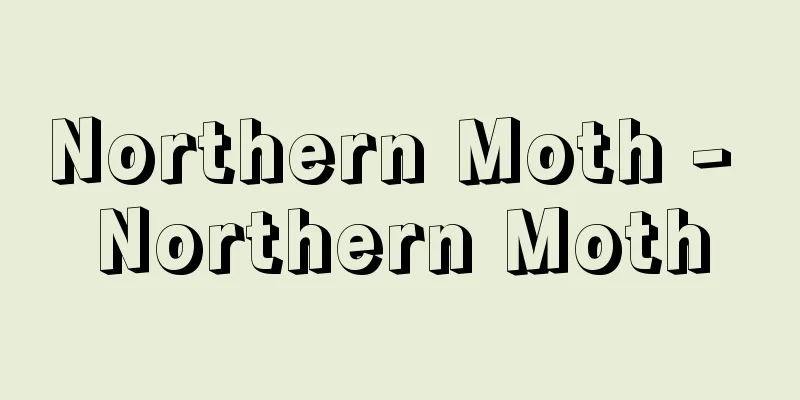

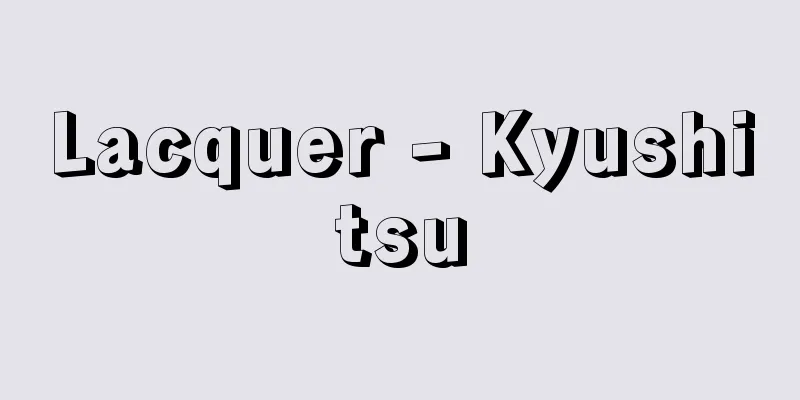


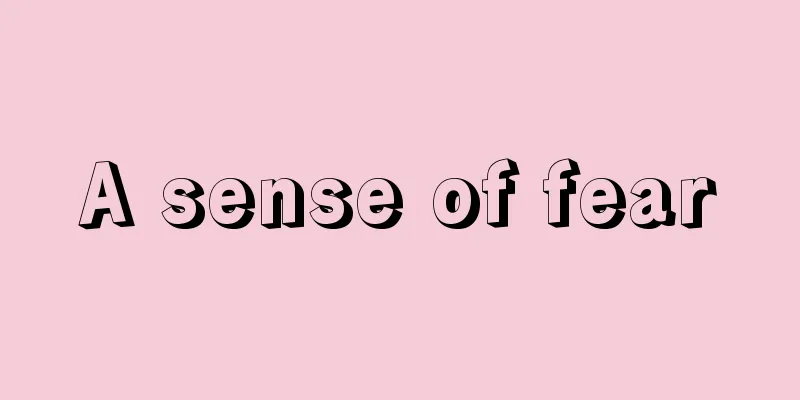
![Kashima [town] - Kashima](/upload/images/67cb32d23d241.webp)
